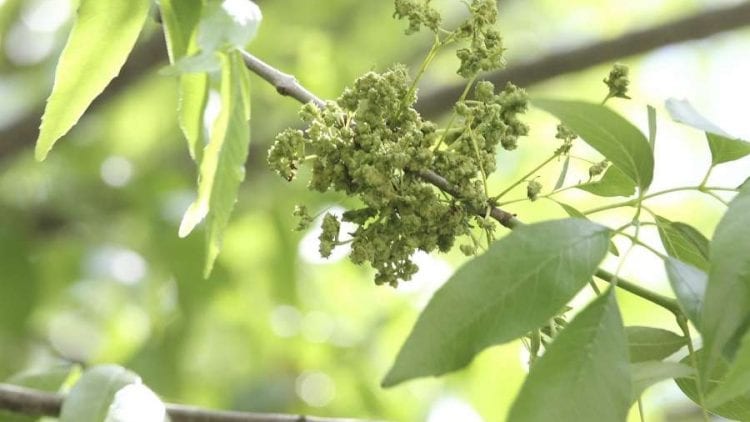
This story was originally published by MYSA and can be found here.
The coronavirus pandemic has added a layer of uncertainty and anxiety to allergy season.
San Antonio residents are turning to professionals to make sure their symptoms are allergies and not something else.
Dr. Erika Gonzalez of South Texas Allergy and Asthma pointed to a couple of symptoms that can help people tell the difference.
“If they’re having a dry cough and fevers, then that definitely should clue them in that this is not allergies,” Gonzalez said. “It’s not necessarily COVID — it could be another flu or another virus — but it’s not allergies.”
Itching, on the other hand, is associated with allergies.
“If people are having itchy eyes, itchy nose, itchy throat, or even itchy ears — you know when your ears are itchy inside — that’s a very reassuring symptom that this is an allergy,” Gonzalez said.
The allergist noted that people should feel reassured if their symptoms improve after taking an antihistamine like Zyrtec or Allegra. If you have something other than allergies, you’re not going to feel better by taking those medications.
Gonzalez screens patients for COVID-19 and can test for the virus at her practice if they meet the criteria. So far, there have not been any positive cases.
The primary treatment for any allergy is to avoid the allergen, Gonzalez said. But that’s difficult as people seek any way to get a little fresh air under a stay-at-home order.
While Gonzalez would not recommend against going outside, she did advise people with allergies to avoid peak pollen times early in the morning. She also said taking an antihistamine 30 minutes before going outside can alleviate symptoms.
Plus, those masks we’re all being asked to wear will decrease our exposure to pollen, she said.
There has been plenty of pollen to avoid this year.
Gonzalez noted that oak allergen counts reached a peak of about 3,000 last week, the highest in at least 10 years. On Tuesday, oak — the pollen that leaves a yellow powder behind — counts stood at 2,380.
Expect the high pollen levels to stay with us through April, then dwindle in the beginning of May. The levels tend to rise two to three days after rain.
Gonzalez said people who suffer from allergies can start with over-the-counter medications, before moving to nasal sprays or allergy shots if necessary.
Are your Allergies bothering you?
Let our specialists provide you with world-class care.

Our Mission:
Guided by the needs of our patients, we deliver personalized comprehensive medical care through science and compassion.
Allergy & Asthma
Clinical Trials
Chronic Care
Covid-19
Locations
Olmos Park:
341 East Hildebrand
San Antonio, TX 78212
Westover Hills:
10447 State Highway 151
San Antonio, TX 78251
Medical Center:
Medical Tower II
7940 Floyd Curl Dr Ste 1050
San Antonio, TX 78229
Contact
Phone: (210) 616-5385
Fax: (210) 647-1012
info@staampallergy.com












